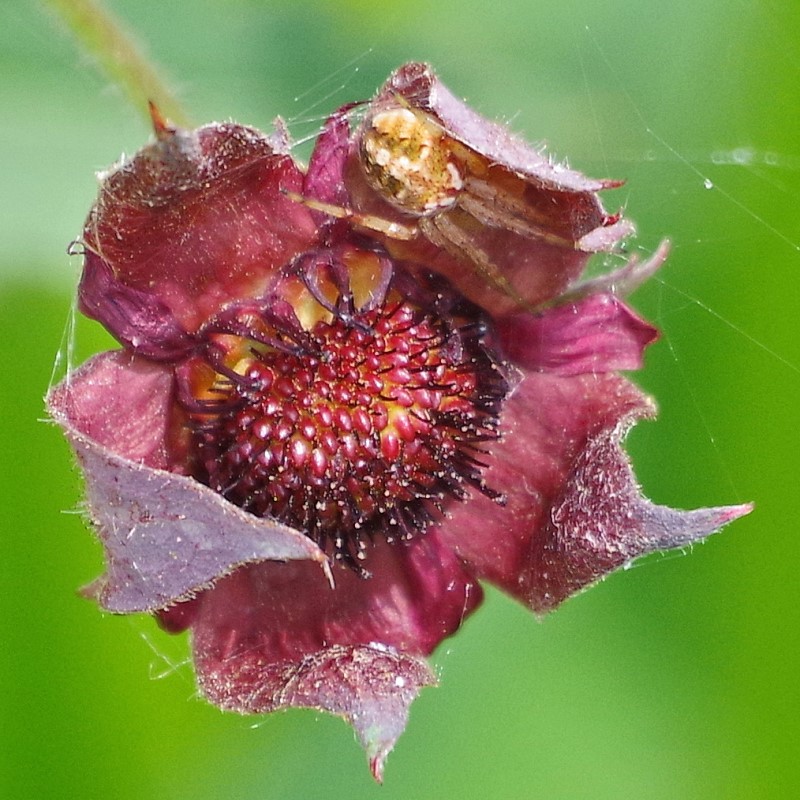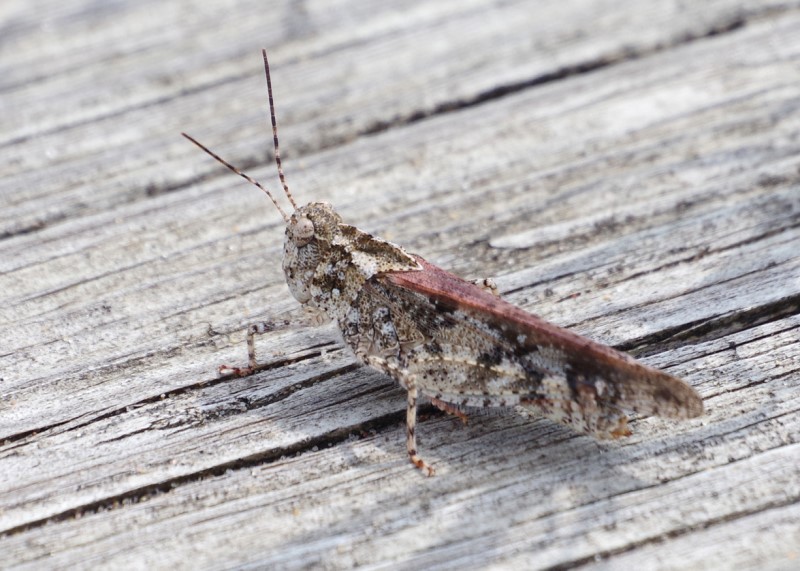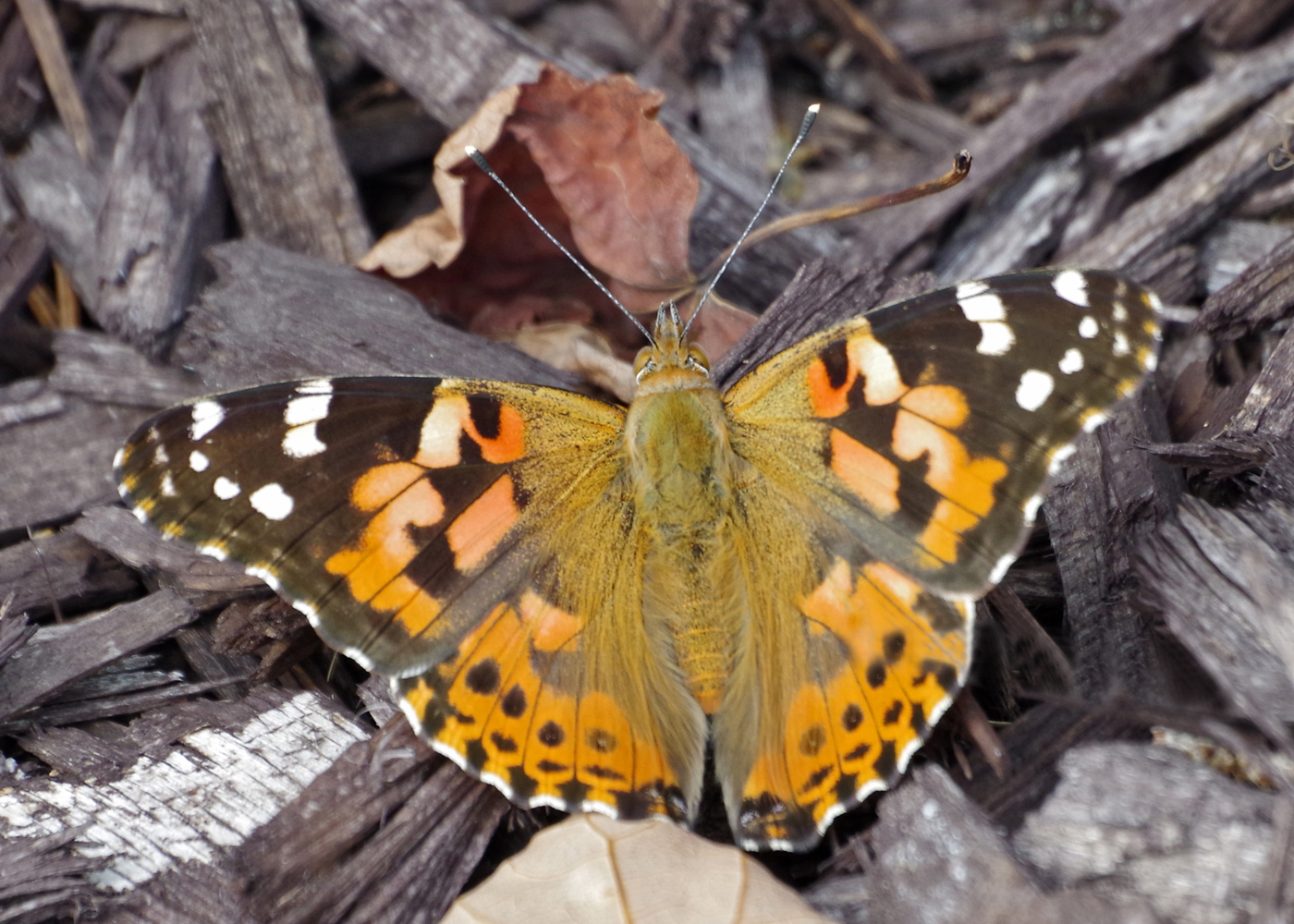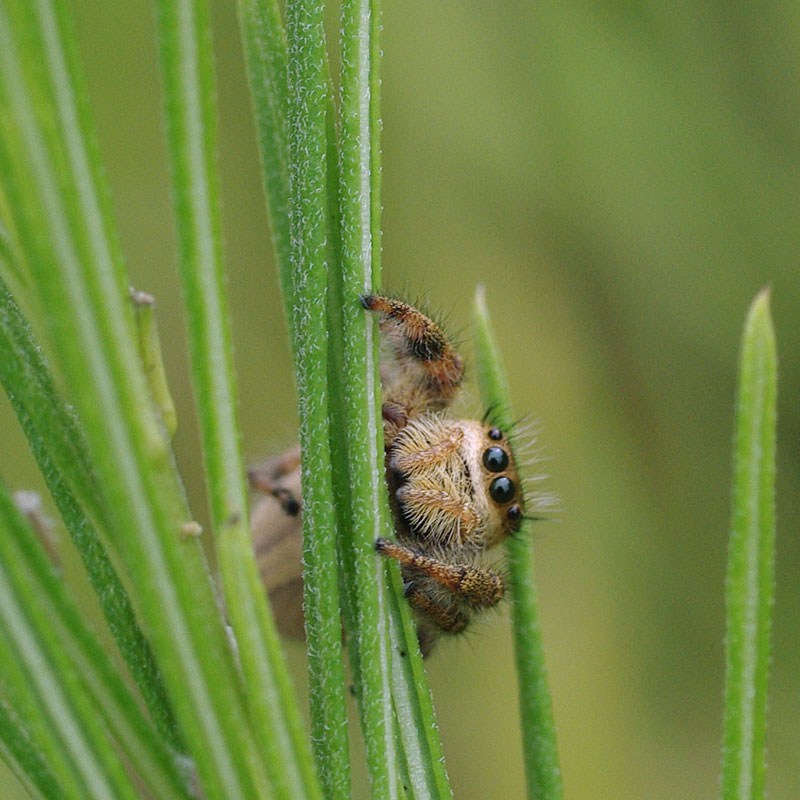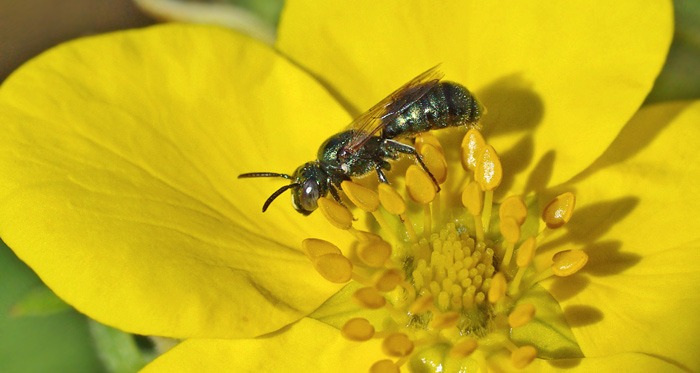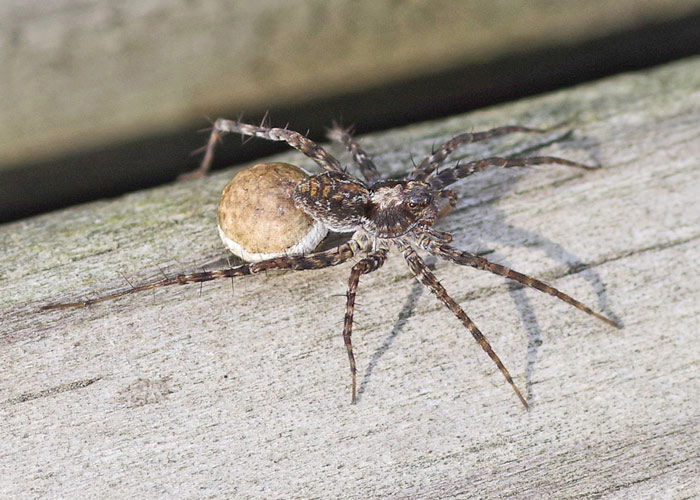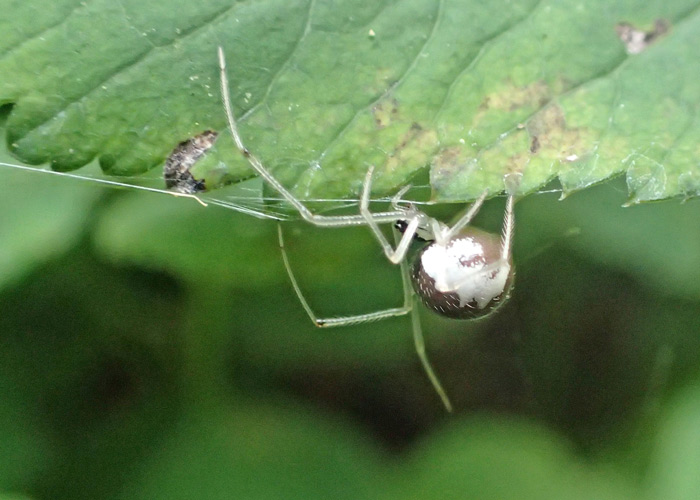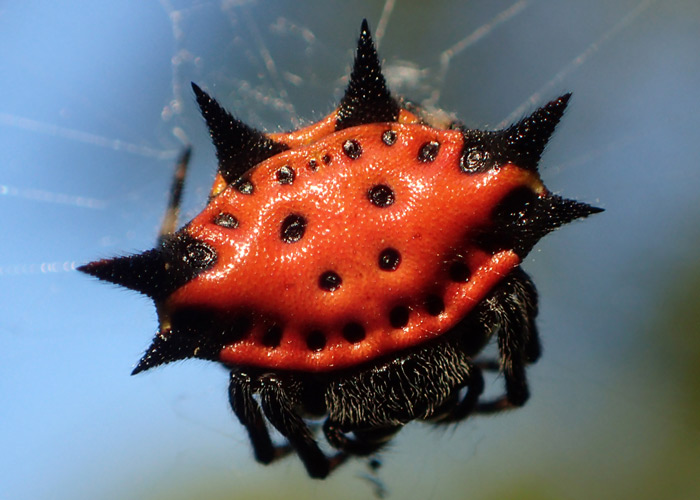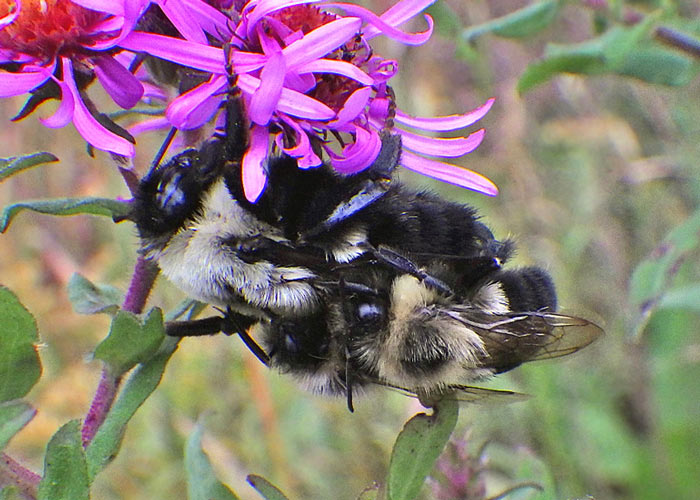Speed-Dating the Spiders – Arabesque Orbweavers
Note: All links leave to external sites. Greetings, BugFans, The BugLady has written several times about the big orb weaving spiders that either delight or alarm people in the waning days of summer. Because there may be several hundred eggs …
